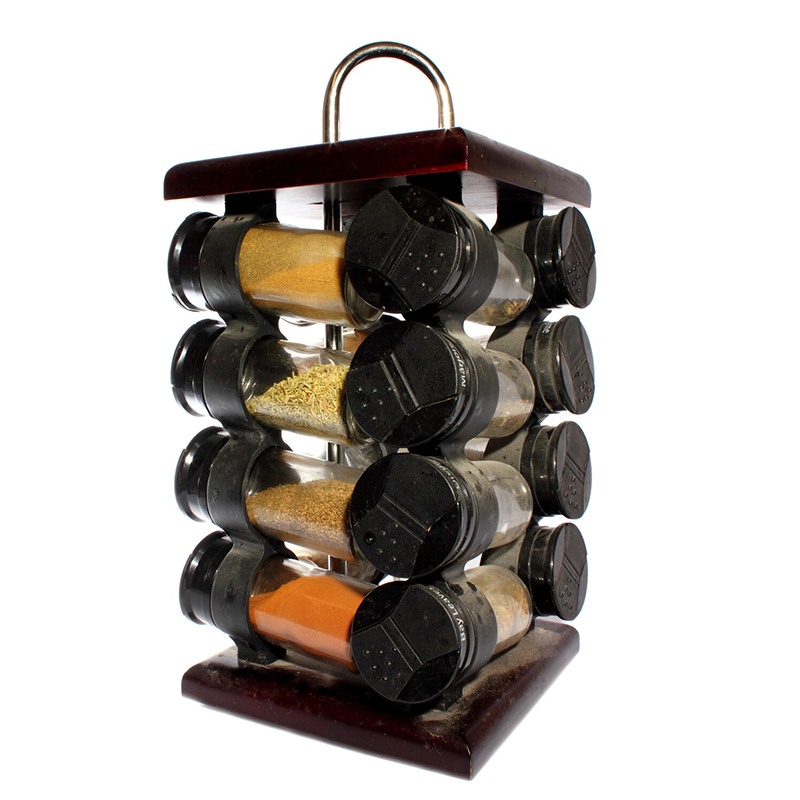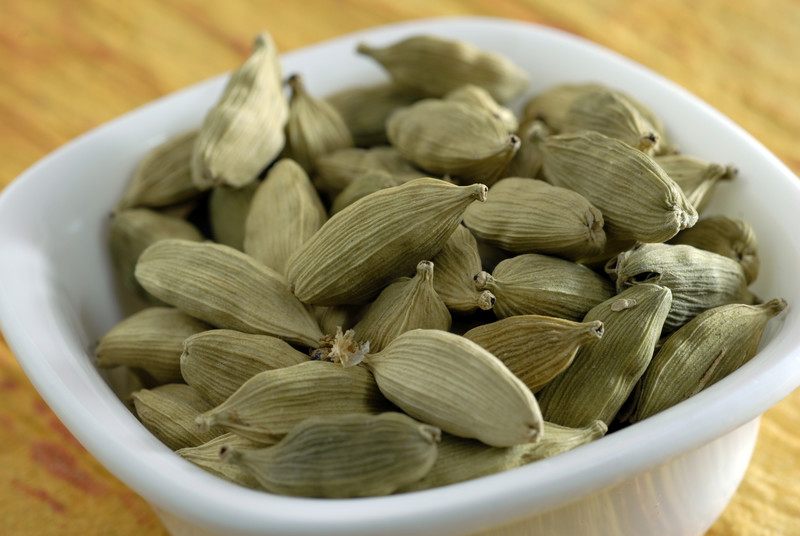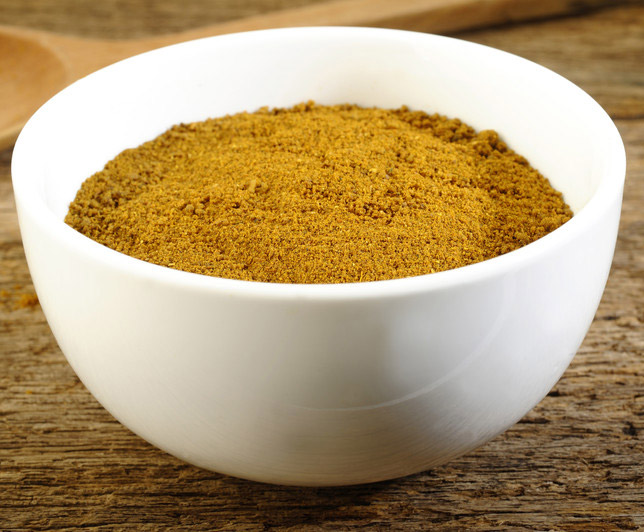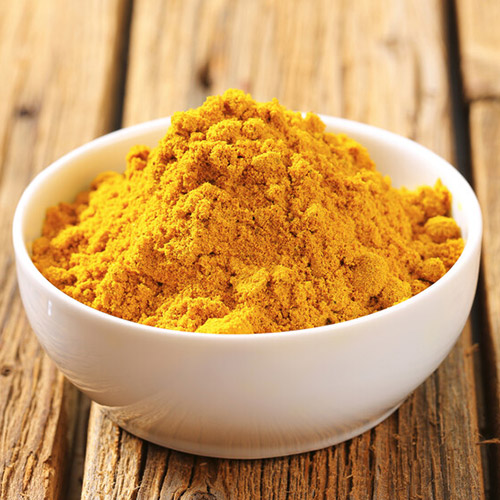The next spice we will take a closer look at in our History of Spice Series is Turmeric.
Common Name: Turmeric
Scientific Name: Curcuma longa
Other Names: Kasturi Manjal, Curcuma, Turmeric Root, Yu Jin, Safran Bourbon, Indian Saffron, Pian Jiang Huang
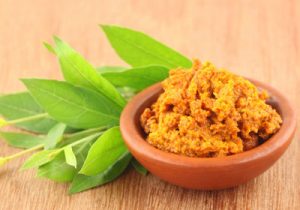 Description
Description
Turmeric comes from the root of the Curcuma longa plant which is a perennial plant that is part of the ginger family. This plant is native to India and requires warm, tropical climates and lots of rain to grow and thrive. The plant has a tough brown skin and a very rich orange pulp.
The History of Turmeric
Turmeric is best known for that bold yellow-orange color that it gives to curry. Turmeric has been in use in Asia for thousands of years. History shows that by 800 AD, the cultivation and trade of Turmeric had spread across much of Asia, including China, and also across much of Africa. By the 18th century, as it continued to become increasingly popular, Turmeric spread to Jamaica and other tropical locations. Today, it can also be found in Hawaii and Costa Rica.
Before it was commonly used as a spice for food, it was used to as a natural dye for skin and clothing and as medicine. Turmeric is often referred to as “Indian saffron” because of its deep yellow-orange color. It is sometimes used instead of saffron because it is similar in color and less expensive than saffron.
Many consider Turmeric to be a super spice because it is high in antioxidants and contains powerful anti-inflammatory properties.
Culinary Uses
If you ask a neighbor to borrow some Turmeric, they will assume you are making Indian curry. This spice is the most important ingredient in a curry blend. This spice is also essential in Turmeric cake, which is a very popular Lebanese dessert. Adding a bit of Turmeric to your egg salad enhances the look to a bolder, more yellow color. It is also a common ingredient in salad dressings to add a nice colorful hue.
Medicinal Uses
Turmeric appears in some of the earliest known records of plants in medicine. It is rumored to have been cultivated in the Gardens of Babylon, one of the Seven Wonders of the Ancient World during the 8th century BC. One very interesting fact about Turmeric is that it is used to whiten teeth. This seems unusual given the fact that it is used as a dye but it has whitening power as well. This spice is touted as an effective treatment for such ailments as sore muscles, inflammatory bowel disease, relief for rheumatoid arthritis, cancer prevention, reducing the risk of childhood leukemia, improved liver function and high cholesterol.


